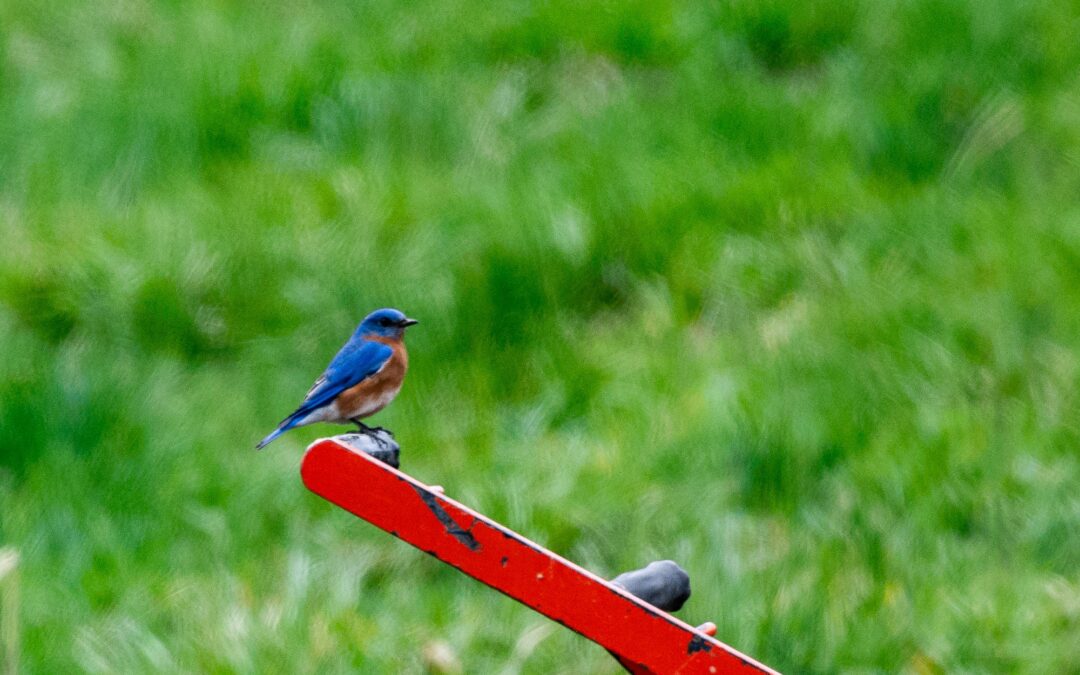Spring Cleaning: A Symbol of Renewal
 As the harsh Pennsylvanian winter gives way to the mild and rejuvenating breezes of spring, the Amish communities of Big Valley embark on a tradition as old as their settlement in these lands: spring cleaning. This exhaustive cleaning spree, which sweeps through homes, barns, and outdoor spaces, is more than a routine; it’s a cultural rite that embodies the Amish principles of orderliness, simplicity, and renewal.
As the harsh Pennsylvanian winter gives way to the mild and rejuvenating breezes of spring, the Amish communities of Big Valley embark on a tradition as old as their settlement in these lands: spring cleaning. This exhaustive cleaning spree, which sweeps through homes, barns, and outdoor spaces, is more than a routine; it’s a cultural rite that embodies the Amish principles of orderliness, simplicity, and renewal.
Historical Origins and Activities Involved
The tradition of spring cleaning can be traced back to the very foundations of Amish culture in Europe, where cleaning was not only practical—due to the soot and grime accumulated over winter—but also symbolic of spiritual purity and preparedness for the coming seasons. In Big Valley, this tradition has taken on a local flavor, adapted to the needs and rhythms of life in the valley.
The activities involved in spring cleaning are comprehensive and meticulously planned. Families unite to clean every corner of their living spaces, from scrubbing floors and walls to laundering curtains and bedding, ensuring that no nook is left untouched. Barns and outbuildings receive equal attention, with equipment cleaned and repaired, ready for the busy planting season ahead. Gardens, too, are cleared of last year’s debris, prepared for new planting. This thorough cleaning signifies the shedding of the old and the welcoming of the new, mirroring nature’s awakening.
Symbolism and Cultural Significance
For the Amish of Big Valley, spring cleaning goes beyond physical cleanliness, touching on aspects of spiritual and communal purity. It’s a time for reflection, to consider what can be improved upon or left behind as they move forward into a new season. This period of cleaning is also a communal effort, reinforcing social bonds as neighbors often help each other in more demanding tasks, thereby strengthening community ties.
Agriculture: The Lifeline of the Community
Following the comprehensive cleansing, the focus of the community shifts towards the lifeline of their existence: agriculture. Spring ushers in the planting season, a critical time that demands the cooperation of the entire community and symbolizes the continuation of life and sustenance.
Amish Farming Practices
In Big Valley, Amish farming practices are a testament to their commitment to stewardship of the earth. Utilizing horse-drawn plows, families work their fields with a dedication that speaks volumes of their respect for tradition and the land. Crop rotation and natural fertilization methods are employed to maintain soil health, ensuring sustainable production year after year.
The planting season is a communal affair, with neighbors often coming together to assist one another. This not only expedites the work but also serves as an opportunity for social interaction and mutual support. The crops planted are diverse, ranging from staples like corn and wheat to a variety of vegetables and fruits, which not only feed the community but also support the local economy through sales at markets.
Impact on Culture and Economy
Agriculture in Big Valley is not just an economic activity; it’s a cultural cornerstone that influences many aspects of Amish life. It reinforces values of hard work, community, and simplicity, shaping the rhythm of daily life and seasonal activities. The success of the planting season is celebrated by all, marking a period of hope and anticipation for the harvest to come.
Community Engagement and Social Gatherings
Spring is also a time for the Amish in Big Valley to engage in communal activities that strengthen their social fabric. Quilting bees and barn raisings, in particular, are prominent events that bring the community together, showcasing the Amish values of cooperation and mutual aid.
Quilting Bees and Barn Raisings
Quilting bees are much more than just a gathering to make quilts. They are social events where women share stories, offer support, and pass down skills to younger generations. The quilts themselves are often works of art, reflecting both individual creativity and communal effort.
Barn raisings are another cornerstone of Amish community life, especially in spring. These events see the entire community, men and women alike, come together to build a barn for a family in need. It’s a profound display of communal spirit and solidarity, with the barn often completed in just a single day, followed by a communal meal to celebrate the achievement.
Cultural Nuances of Spring Traditions
Spring in Big Valley is also a time when cultural nuances come to the fore, particularly in dress, cuisine, and leisure activities. The change of season brings about a shift in daily life, marked by lighter clothing, seasonal foods, and outdoor activities that take advantage of the warmer weather.
Seasonal Changes and Leisure Activities
The transition to spring sees the Amish community shifting to lighter, more colorful attire, reflecting the warmth and vibrancy of the season. Seasonal cuisine, too, becomes a focal point, with fresh fruits and vegetables taking center stage in meals.
For the youth, spring brings opportunities for outdoor games and activities, from traditional sports to leisurely horseback rides through the valley. These activities not only provide enjoyment but also foster a strong sense of community and belonging among the younger generations.
Conclusion: The Essence of Spring in Amish Life
The spring traditions of the Amish communities in Big Valley are a vivid tapestry of cultural heritage, community spirit, and a deep-seated connection to the land. From the thorough spring cleaning to the communal efforts of planting and barn raising, each tradition is imbued with meaning and purpose, reflecting the values and beliefs that have sustained these communities for generations.
As the world around them changes, the Amish of Big Valley continue to embrace their traditions, preserving a way of life that is both simple and deeply rich. Their spring customs not only highlight their commitment to community and sustainability but also offer a reminder of the importance of harmony with nature and each other.
In exploring the depths of these traditions, one gains a profound appreciation for the Amish way of life, a life that, despite its simplicity, is abundant in lessons on community, sustainability, and the joys of the changing seasons.
(Disclaimer: We research a lot of things online and do our best to be accurate, but somethings may differ than your knowledge and understanding of Amish life in Big Valley)



You must be logged in to post a comment.